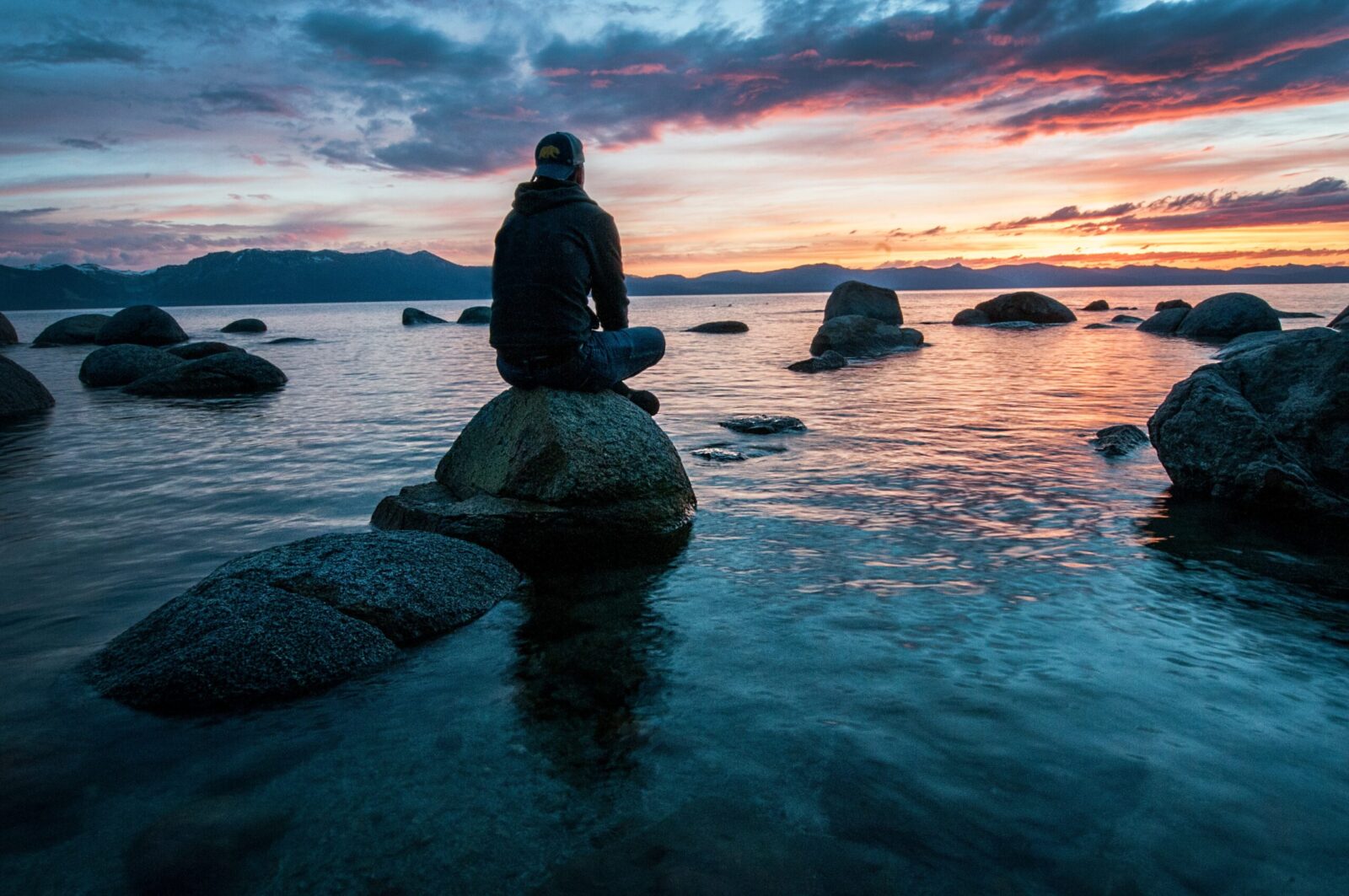Our Shared Loneliness
A friend of mine lives in Healdsburg, a beautiful town in Northern California. A few years ago, David invited his aunt and uncle (in their mid-sixties) and his aunt’s mother (in her mid-eighties) over for Thanksgiving.
How Our Screens Divide Us
David’s uncle and aunt sat on the sofa and immediately turned on their iPads. They each quietly retreated into their own world, lost in their individual virtual pursuits. Neither shared anything about what they were doing with his aunt’s mother.
“I can’t tell you how sad it was to watch my aunt’s mother looking on, watching them, completely silent,” David shared. “She traveled all this way to spend time with her family, and no one wanted to talk with her. I could tell she was so bored, and there was nothing she could really do about it.” David’s aunt’s mother had been replaced by more stimulating digital alternatives to her company.
It can also go the other way, with older folks snubbing their grown children. “I’m out surfing like I do every morning and I come in and there are my parents in their eighties, they’re sitting there in my living room,” the Stanford social scientist B. J. Fogg, who lives half the year on Maui, shared with me.
“I walk in and they are on their phone and iPad,” Fogg continued. I say, ‘Hi, I’m back’ and they keep looking at their technology. They don’t even look up at me. And I thought, ‘You’ve got to be kidding me.’ I come in, I see them first thing in the morning … I haven’t seen them at Christmas, I haven’t seen them at Thanksgiving and they’re just so glued to their screen.”
At least with the television, family members or friends sitting on the sofa receive information from and are entertained by the same source. Afterward, each person might share how they interpret what they viewed, creating a bonding experience.
Loneliness versus Solitude
More common today is that each group member, like David’s aunt and uncle or B. J.’s parents, receives customized information from disparate sources tailored to their individualized preferences. As a consequence, there is usually no common topic to discuss, only a sporadic “Did you hear about …?”
This feeble attempt at connection is often followed by an uncomfortable silence preceding each person’s quiet retreat to their private virtual world. MIT professor Sherry Turkle labeled this phenomenon “alone together.”
Loneliness has become the suffering of our generation. Yet it’s important to note that loneliness and solitude are not the same. As the Belgian-American poet and novelist May Sarton sagely discerned, “Loneliness is the poverty of self; solitude is the richness of self.”
Another way to think about it is that social isolation is objective: if you are physically alone, you are isolated. Loneliness and solitude, however, are subjective. As I explain in my new course Managing Loneliness: How to Develop Meaningful Relationships and Enduring Happiness, they are emotional states that emerge from how you perceive your social isolation.
Just as one person’s trash is another’s treasure, two people can each be physically alone and experience social isolation very differently. One can experience a devastating rejection and abandonment by others, which would be a form of the emotion of loneliness.
The other person, on the other hand, can feel an ineffable wholeness and oneness with the world independent of—or interdependent with—the other people in their life. We refer to this emotion as solitude.
In fact, believe it or not, the same person can feel both loneliness and solitude in the same day, and even in the same hour; such is the ephemeral nature of emotions. As the existential philosopher and theologian Paul Tillich put it, “Language … has created the word ‘loneliness’ to express the pain of being alone. And it has created the word ‘solitude’ to express the glory of being alone.”
Lonely Together
This distinction between loneliness and solitude is a perennial issue human beings have been managing for centuries. Yet thanks to our phones and other devices, we seem to be edging toward a collective loneliness—subjective, negatively experienced isolation—unlike any we have previously experienced.
Given situations like that of David’s relatives, the recent Cigna study finding that over three of every five Americans are lonely and the chilling discovery that British children spend less time outside than prison inmates (this data was collected before the pandemic, so of course it’s only worsened since then), it seems that, more and more, we are actually “lonely together.”




